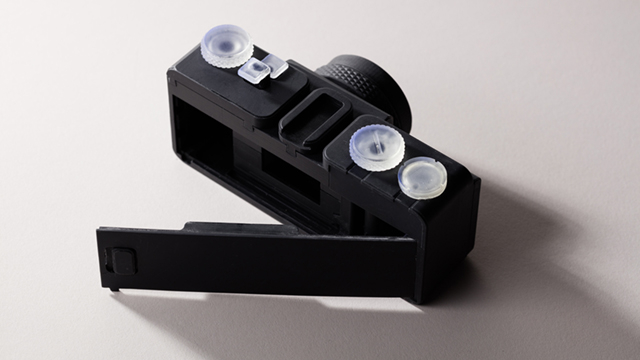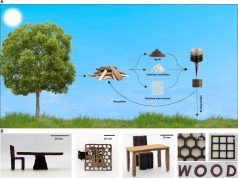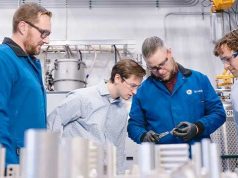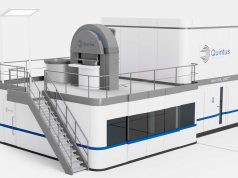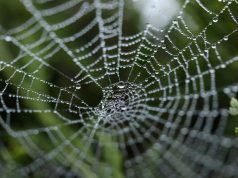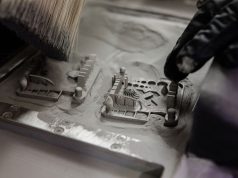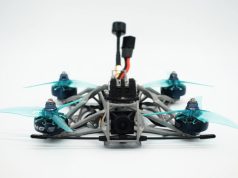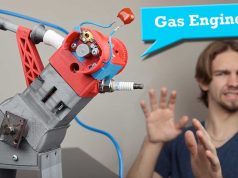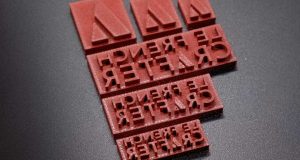A modern camera uses lots of very difficult parts and even cameras years ago were so complex that it is nearly impossible to build one only with the help of a 3D printer. But Amos Dudley decided to take on this challenge and at the end he had the world’s first completely 3D printed analogue camera.
To start the project Amod Dudley looked at different old cameras to find the basic elements that every camera needs: a film cartridge and the film path, the film take-up spools (one for the unused film and on for the film with the photos on it), the shutter, the lens, and lots of other parts. He designed all parts to be as easy as possible to 3D print and not to waste any of the expensive material.
A 3D printed camera body could look like anything, but I decided to optimize the design for printing speed and material usage. Most of the larger parts are designed without overhangs in one orientation, so they can be printed without supports, straight off the build platform. Separating the body into modules let me prototype each component individually. The shutter and lens are modules, and can be swapped out for different designs without reprinting the entire camera.
All parts were printed with a Formlabs Form 2 SLA 3D printer. Different resins were used for the parts and all were printed with a tolerance of 0.075mm and 25 microns per layer. The lens was produced in the same way but it required lots of work to make it perfectly flat to ensure it can be used for photography.
The dish is a spherical section with the same radius as the lens. It has an off-axis rotation (spun by a power drill) to make sure the center of the lens gets the same polish as the edges. The lens itself spins against the inside of the dish, joined to a motor by a spring-loaded kinematic linkage that allows the lens to move laterally and ‘float’ against the surface of the dish without losing contact. The lens and dish spinning at different speeds trace a chaotic pattern that approximates randomness. I used lapping compound as the abrasive
And after all the hard work Amos Dudley finally finished the world’s first 3D printed camera. Of course the camera doesn’t make as good pictures as any modern smartphone camera but it was the first completely 3D printed camera and therefore it is pretty nice.
Subscribe to our Newsletter
3DPResso is a weekly newsletter that links to the most exciting global stories from the 3D printing and additive manufacturing industry.



